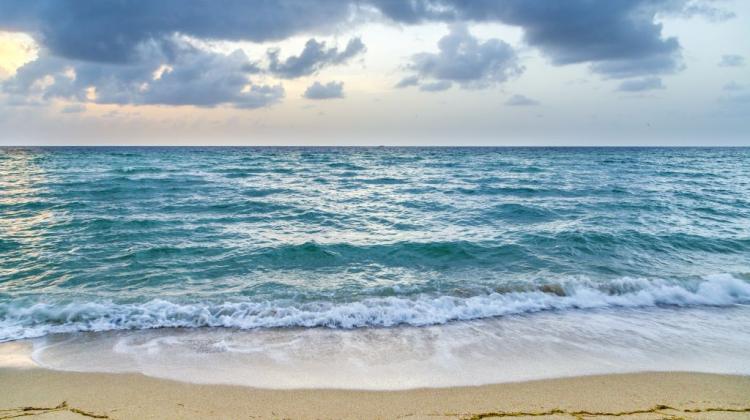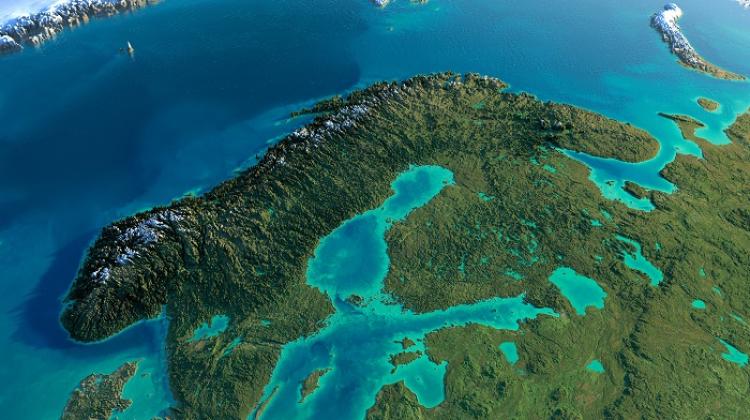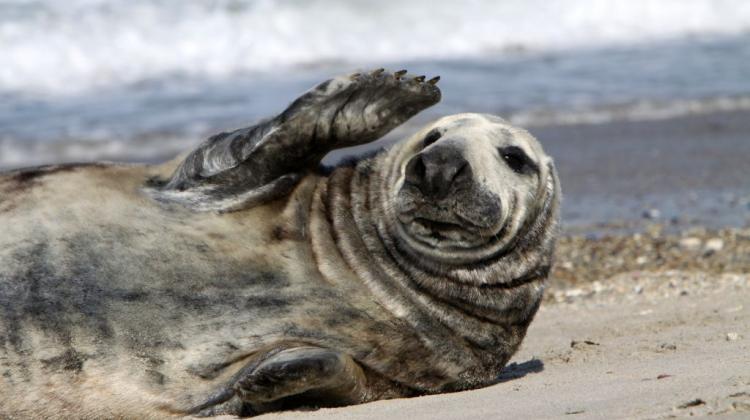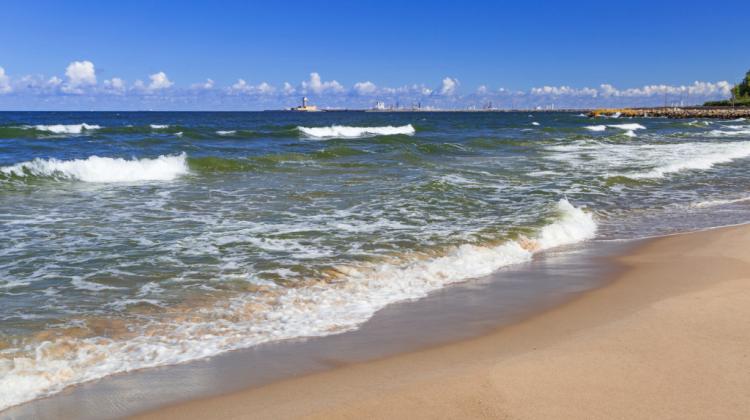Salt water infusion for the Baltic
 Photo: Jörg Hackemann - Fotolia /
Photo: Jörg Hackemann - Fotolia /
Baltic received a solid salt water infusion, which the wind "pushed" from the more salty North Sea. Such an infusion is a rescue for the bottom ecosystems, to which salt water brings oxygen, necessary for life. The last such infusion occurred in 2003.
Scientists from the Institute of Oceanology in Sopot, who at the end of 2014 were on a standard research cruise on R/V "Oceania" on the Baltic Sea, observed a significant increase in the salinity of the bottom water in the western part. The inflow of a large amount of salt water to the Arkona Basin has also been confirmed by German oceanographers.
"Everything indicates that we are dealing with an intense infusion of salt water from the North Sea. It comes through the Danish Straits, when easterly winds push water from the Baltic Sea, lowering its level. Then, there must be a rapid change of wind direction to the west, and the wind pushes water from the North Sea to the Baltic Sea" - told PAP Prof. Waldemar Walczowski from the Institute of Oceanology, Polish Academy of Sciences.
Before the water from the Danish Straits reaches the Baltic, it has to cross the Arkona Basin, RSS Bornholm, Bornholm Deep, to finally reach the Słupsk Step and the Słupsk Channel. It flows at the bottom to the greatest deeps of the Baltic: Gdańsk Deep, Gotland Deep and further to the north and east.
He noted that the Baltic Sea is a low salinity sea. "The salinity of the surface layers of the Baltic Sea is five times smaller than in the North Sea. Therefore, these infusions are extremely important for the Baltic Sea, especially for the Baltic deeps" - he described. In the bottom layers of the Baltic, decaying organic matter consumes all available oxygen. For this reason, the layers are slowly begin to die. Azoic zones - dead for biological life – form, in which hydrogen sulphide is produced.
"Meanwhile, salt water carries oxygen, essential element for ventilation of the Baltic deeps. The waters of the Baltic Sea need salt also so that cod can breed. The eggs of this fish do not develop in fresh water, but salty and cold" - explained the researcher.
Unfortunately, salt water infusions to the Baltic do not happen often. "This is the third infusion during my career. Recent were observed between 1993 and 2003. In the past - in the first half of the twentieth century - they occurred every two or three years. They maybe were not as intense as now, but occurred in sequence: one stronger infusion was followed somewhat weaker infusions"- described Prof. Walczowski.
The cause of fewer infusions is climate change, causing changes in atmospheric circulation. As a result, the conditions under which water can pour from the North Sea to the Baltic Sea are rare.
Scientists from the Institute of Oceanology do not yet know exactly how much salt water entered the Baltic Sea. German data show that it is 200 km cubic of water, according to the Swedish data even 300 km cubic. "If these figures prove true, it would be a very large infusion" - emphasised the researcher.
In February, researchers will embark on another cruise on the "Oceania" to investigate the velocity of the infusion and the volume of salt water. "We also want to investigate what processes accompany the spread of the water. The process of infusion through the Danish Straits lasts only a few days, but its propagation is a matter of months or even years" - explained Prof. Walczowski.
PAP - Science and Scholarship in Poland
ekr/ agt/ mrt/
tr. RL
Przed dodaniem komentarza prosimy o zapoznanie z Regulaminem forum serwisu Nauka w Polsce.


















